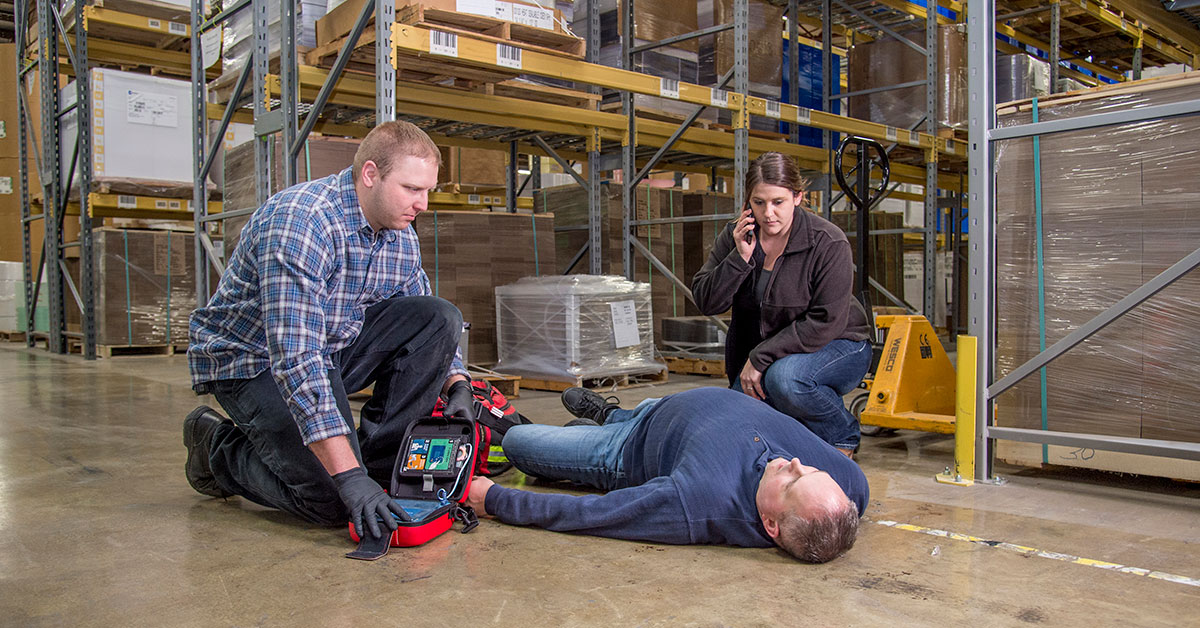Understanding the full costs of serious injuries and fatalities
Date Posted: 05/26/2020

As a safety professional, you want to prevent all injuries, and especially the most serious injuries. Many safety professionals can share stories of a life-changing accident, so they understand the effects on workers and their families. However, showing the value of prevention efforts may also require justifying the costs to company leadership.
Serious injuries cost employees plenty, but they also cost the company in many ways. According to the National Safety Council, a serious injury that requires medical consultation costs an employer more than $40,000 on average, and a workplace fatality costs an employer more than a million dollars.
In addition, all fatalities and many serious injuries must be reported to OSHA. This immediately tells the agency that employees may be exposed to serious hazards, and OSHA may initiate an inspection. In addition to the disruption and time required for the inspection, the company may incur legal fees if OSHA issues a citation. The reported injury may have been caused by a serious hazard, and OSHA’s maximum penalty for a serious violation is more than $130,000.
Reporting a serious injury or fatality may also put the company on OSHA’s radar, potentially increasing the risk of future inspections and further disruptions.
Workers’ compensation impacts
An injury that requires medical treatment typically means the employee files a workers’ compensation claim. These medical costs should be included in the numbers above, but those numbers might not include the impact on future workers’ compensation insurance premiums.
A company’s premiums are based on its three-year claim history, which gets compared to the claim history of other companies in that industry sector. This means a large claim could affect the premiums for the next three years before the case drops off the company’s claim history.
Also, many states give a break on premium increases if a claim is “medical only,” meaning the employee does not file for wage replacement benefits (known as temporary total disability or TTD). Typically, only a portion of the total cost gets counted for medical-only claims. In fact, one reason many employers have “light duty” programs is to prevent injury claims from becoming TTD cases. If the injured employee files for wage replacement benefits, the entire cost of the claim may be counted for future premium adjustments. For a serious injury that requires weeks or months for recovery, a TTD claim can get expensive.
All of those costs come out of company profits. Safety professionals often say that you either pay now to prevent injuries, or pay for the injuries later. Preventing serious injuries saves medical costs, time spent going through an OSHA inspection, and helps keep workers’ compensation premiums under control.
How Safety Management Suite Can Help
E-mail Newsletter
Sign up to receive the weekly EHS Insider email newsletter for safety articles, news headlines, regulatory alerts, industry events, webcasts, and more.